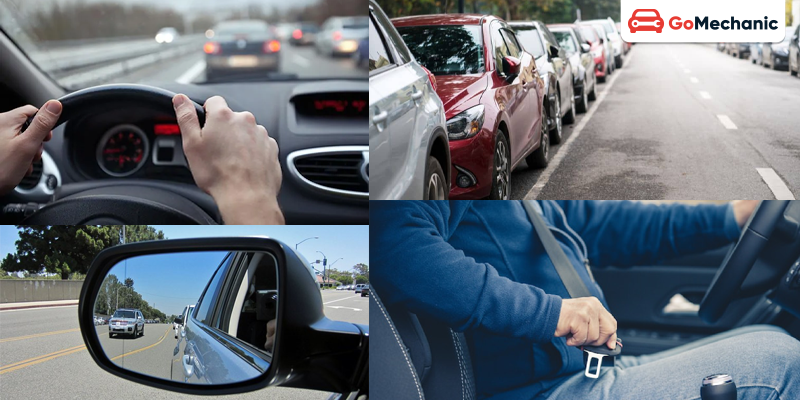Driving is a massive part of everyday life. Whether commuting for work, running errands, or on a road journey with family and pals, staying safe is your priority. Defensive driving makes all the difference. With knowledge and practice, you could reduce risks, keep away injuries, and ensure you get to your destination safely.
What is Defensive Driving?

Defensive driving is about paying attention on the road. It’s not just following traffic regulations but more of having a 6th sense and being prepared for what lies ahead. Keeping your eyes open and centered will assist you in avoiding injuries in addition to responding to unforeseen events even on the street.
Essential Defensive Driving Techniques

Be Vigilant and Focused
While driving, be fully attentive. Activities such as using mobiles, eating, or playing with the radio are hazardous. Watch the road attentively and know where you are going. If anything unexpected happens, remaining alert enables you to react without straining.
Adhere to Traffic Regulations and Signals
Traffic regulations and signals are meant for everyone’s safety. Always observe speed limits, give priority to pedestrians, and obey traffic lights. Use proper indicators before changing lanes. This minimizes confusion thereby reducing accidents.
Keep a Safe Distance
Maintaining a good gap between your vehicle and the one ahead of you will allow you to brake on time or change lanes should the car in front suddenly stop. The three-second rule works well in this case; wait for the car ahead to pass a given point, then count three seconds before reaching it yourself.
Use Your Mirrors and Watch Blind Spots
Always keep an eye on your rear-view mirror and side mirrors so that you can be conscious of what is happening all around you. Before converting lanes or making turns, usually take a look at your blind spots using turning your head to make sure there are not any motors or pedestrians on your course.
Anticipate the Actions of Other Drivers
Observe how other motorists behave on the road. Look out for aggression, distraction, or hesitation from them while driving. Be prepared to modify speed or position to avoid any potential conflicts. Predicting what other drivers might do is one of the essentials of defensive driving.
Be Ready for Bad Weather Conditions
Bad weather makes driving more dangerous. If it rains, snows, fogs, or ices up, slow down and increase the distance between yourself and the car ahead. Use headlights and windscreen wipers so that you can see where you are going as well as be seen by others. If conditions are hazardous consider waiting until they improve
Evade Irritated Driving and Road Rage.
Maintain a calm attitude while driving your car. Do not respond to aggressive as well as impatient drivers. In case an individual is driving aggressively, find a way of moving away from him/her securely. Avoid the situation flaring up.
Defensive Parking Strategies
Choose places that have adequate light when parking your car. Park it in such a way that hazards are reduced. If possible, try to park within the confines of designated spaces and keep away from areas with a high number of persons traveling through. Ensure that you lock your vehicle properly and store any valuable items away to prevent them from being stolen.
Advantages of Defensive Driving

There are numerous benefits of defensive driving:
o Minimize Accident Risks: Preparedness for unexpected incidents reduces the chances of collisions.
o Cutting Insurance Costs: Many insurance firms offer lowered prices for drivers who finish defensive driving lessons because they are low-risk.
o Peaceful Mind: The knowledge that one drives safely and responsibly raises self-assurance levels hence lowering stress levels.
o Safeguard Lives: A person practicing defensive driving not only secures his or her own life but also those of other drivers, pedestrians, and passengers on board their vehicles.
Conclusion
In conclusion, defensive driving is an essential skill that every driver should practice. By staying alert, following rules, retaining safe distances, and awaiting potential risks, you can significantly reduce the threat of accidents and ensure a more secure drive for yourself and others. Remember, safety on the road is a shared responsibility. By working these techniques, you contribute to developing a safer and greater enjoyable driving environment for everyone. Drive correctly, live vigilant, and arrive at your destination correctly every time.





